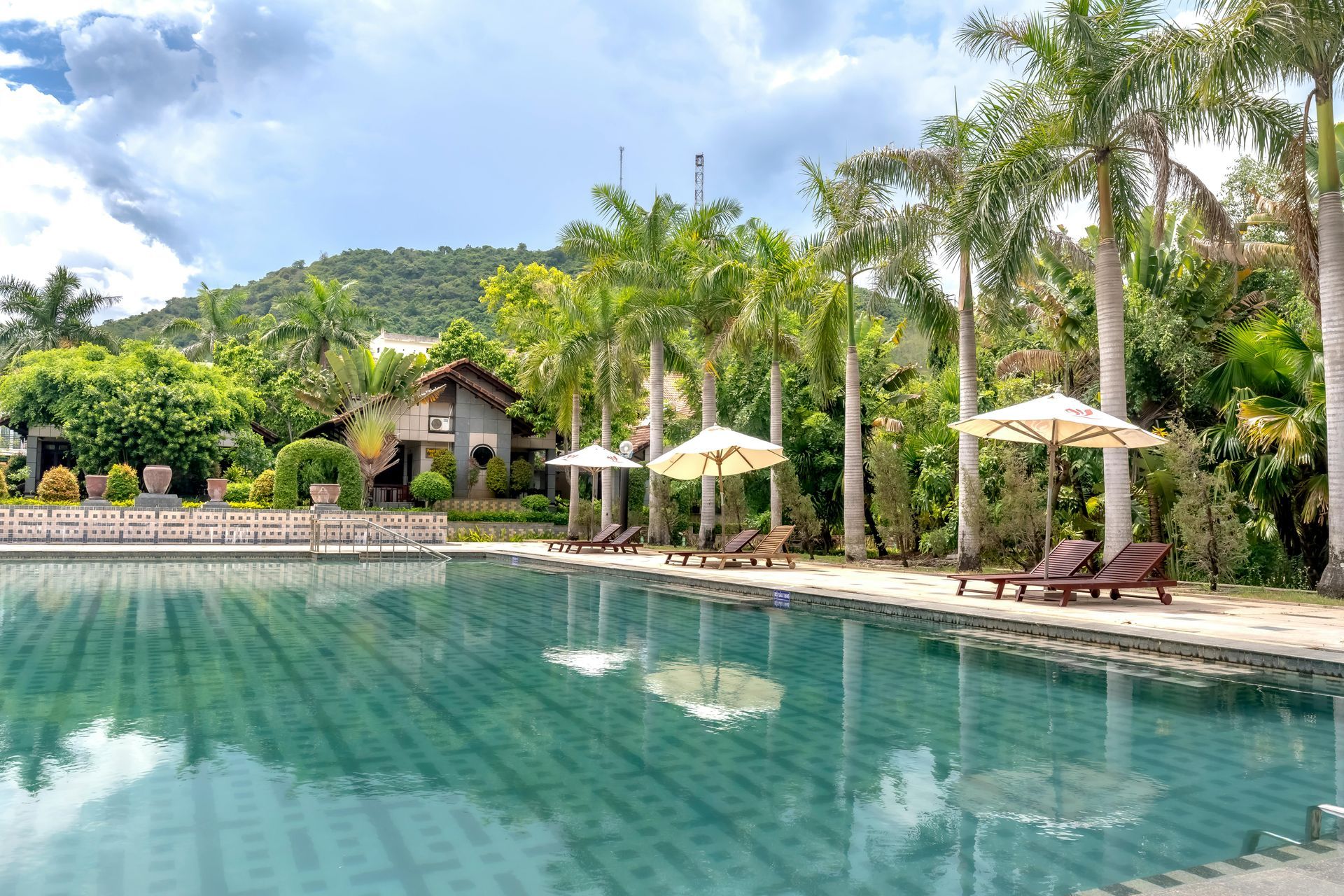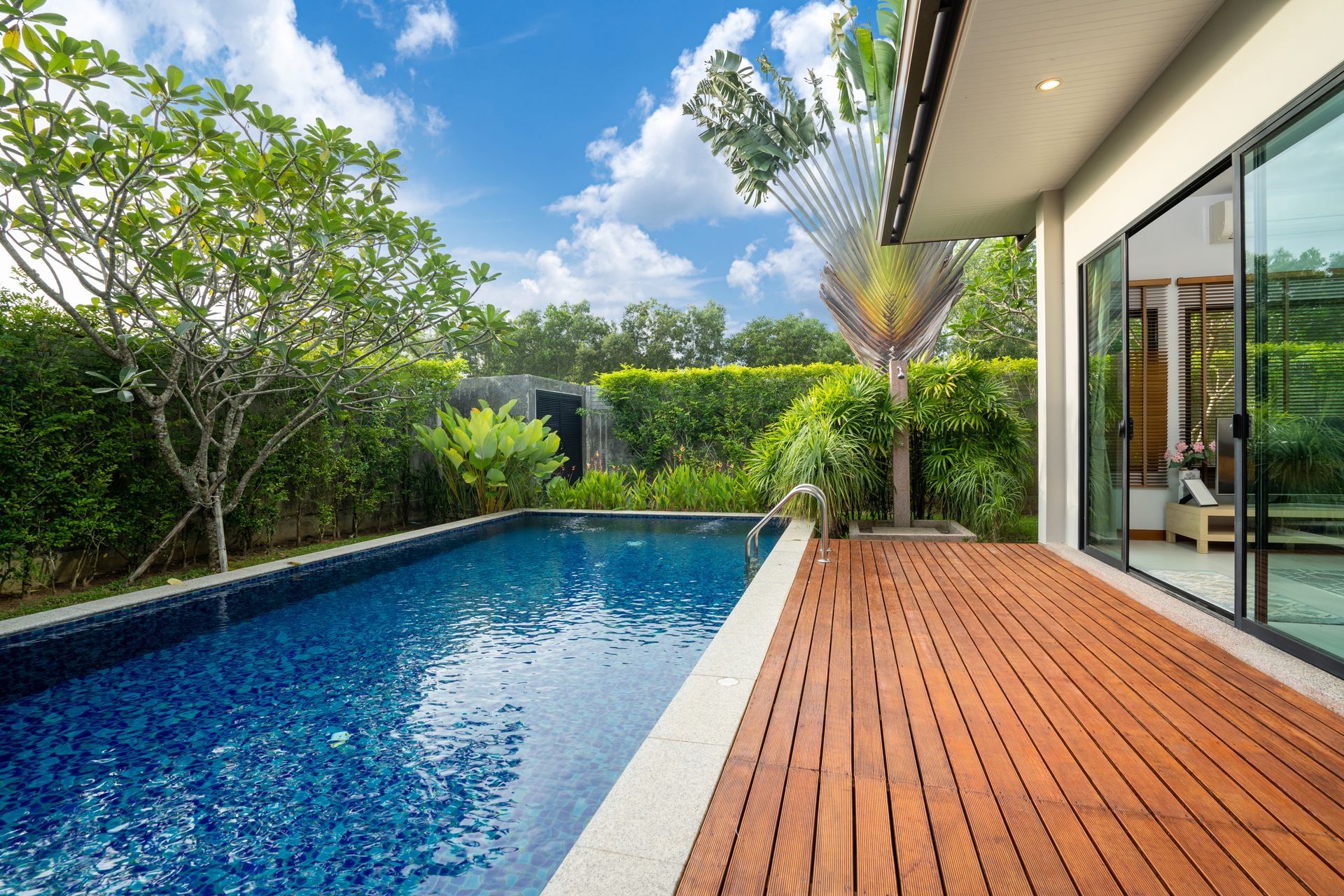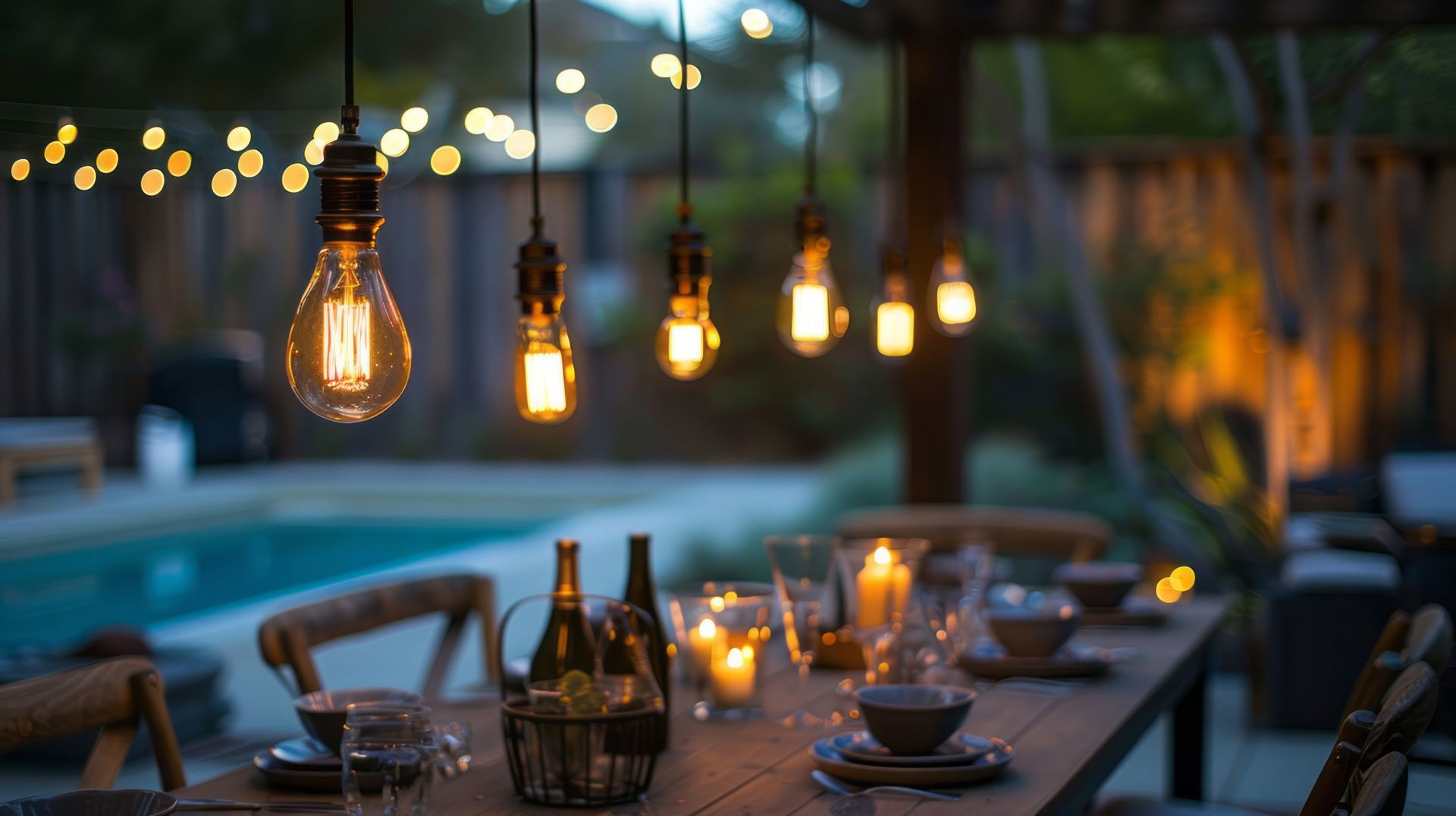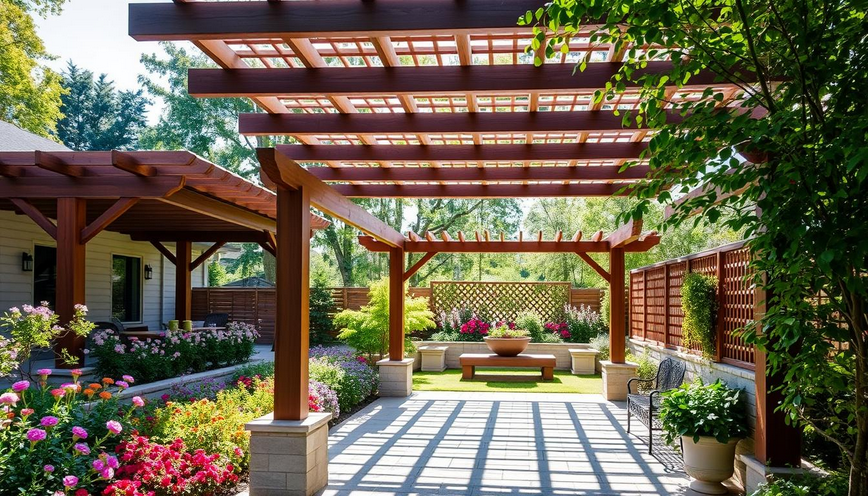
about this section
As a new pool owner, understanding your pool pump is crucial for keeping your water clean, clear, and properly circulated. Here’s a breakdown of everything you need to know
1. What Does a Pool Pump Do?
The pool pump is the heart of your pool’s filtration system. It pulls water from the pool, sends it through the filter (and possibly a heater or chlorinator), and returns clean, treated water back into the pool. Without proper circulation from your pump, dirt, debris, and chemicals won’t get evenly distributed, leading to cloudy or dirty water.
2. Types of Pool Pumps
- Single-Speed Pump: This pump runs at one constant speed. It’s affordable upfront but uses more energy, making it expensive to run long-term.
- Dual-Speed Pump: Offers two speeds—high for cleaning and low for daily filtration. It’s more energy-efficient than a single-speed pump but less so than variable-speed models.
- Variable-Speed Pump: The most efficient option, it allows you to adjust the speed for different tasks, saving on energy costs. Although it’s pricier initially, the long-term savings on your energy bill can make up for the cost.
3. Choosing the Right Pump Size
Pump size depends on the size of your pool. Too large, and you’ll waste energy; too small, and your pool water won’t be properly circulated. Your pool pump should be strong enough to circulate all the water in your pool in about 8 hours. This is called the “turnover rate.”

4. How Long Should You Run Your Pool Pump?
Typically, you should run your pool pump 8-12 hours per day. However, this can vary depending on pool size, usage, weather, and your pool’s equipment. During hotter months or heavy usage periods, running the pump longer is often necessary to keep the water clean.
5. Energy Efficiency Tips
- Run during off-peak hours: Electricity is often cheaper during early morning or late evening hours.
- Use a timer: This ensures your pump only runs when necessary.
- Consider a variable-speed pump: While the initial cost is higher, it can save up to 90% on energy costs compared to a single-speed pump.
6. Maintaining Your Pool Pump
- Clean the pump basket: The pump has a basket that catches debris like leaves and bugs before they enter the filtration system. Clean it regularly to ensure optimal performance.
- Check for leaks: Inspect your pump for any signs of water leakage, as this can affect its efficiency and lead to bigger problems.
- Keep the motor dry: Ensure the pump is protected from rain and standing water. Moisture can cause motor failure.
- Lubricate seals: Pool pump seals should be lubricated periodically to prevent wear and tear and extend the life of your pump.
7. Common Problems
- Air leaks: If your pump is sucking in air (often noticed by bubbles in the pool), it won’t operate efficiently. Check for loose fittings, cracked lids, or worn-out seals.
- Noisy pump: A noisy pump can indicate debris stuck in the motor, worn bearings, or an air leak.
- Low pressure: This may mean your pump basket is full, or there’s a blockage in the filtration system.
8. Winterizing Your Pool Pump
If you live in a colder climate, it’s essential to winterize your pump to avoid freezing damage. Drain all water from the pump, disconnect it, and store it in a dry, protected area. For areas where freezing isn’t a concern, you can run the pump during the colder months but reduce the run time.
9. When to Replace Your Pool Pump
10. smart pool pumps
A pool pump typically lasts 8-10 years, depending on maintenance and usage. If you notice frequent repairs, high energy bills, or reduced efficiency, it might be time for a replacement. Upgrading to a newer, energy-efficient model can save you money in the long run.
Many modern pumps come with smart features that allow you to control them via a smartphone app. This adds convenience, letting you adjust settings or monitor performance from anywhere.
final thoughts.
Understanding your pool pump and how it works is essential for keeping your pool clean, safe, and efficient. Regular maintenance, selecting the right pump for your pool size, and upgrading to energy-efficient models when necessary will ensure that your pump works optimally for years to come.








